Movie Night
Kelly, Sean-Patrick and Lei were guided by our local microscopy guru (Nate Roy) on the spinning disc confocal....
04 March, 2017No comment
Research in my lab focuses on two topics: 1) The healthful compensatory responses of cells and organisms to stressful conditions and 2) activity-dependent development of circuits in the central nervous system. Use genetically manipulated mice, primary neuron tissue culture. iPS cell derived neurons and C.elegans in our studies; our approach is cell and molecular biology.
Mutations in protein such as Cu++/Zn++ SOD, TDP43 and C9ORF72 cause adult onset neurodegenerative diseases such as Amyotrophic Lateral Sclerosis and Frontotemporal Dementia. Cells that express mutant genes have aggregated, misfolded proteins, some of which are ubiquitinated. Accumulation of misfolded proteins can be injurious to neurons by disrupting cellular protein homeostasis and in genetic screens, we have identified several suppressors of this toxicity. The mechanism of action of these suppressors of toxicity is a major and active area of inquiry in the lab.
In addition, we have found that mutant proteins evoke maladaptive changes in cellular and organismal intermediary metabolism – re-wiring metabolism can blunt the adverse effects on neuronal survival. We have made parallel observations in an infantile/childhood motor neuron disease called Spinomuscular atrophy. Targeting proximal events in neurodegenerative diseases will lead to novel therapeutic approaches.
During development synaptic activity refines and patterns connections among neurons and this is required for precise high-level behavior. We have found that glutamatergic synapses that include the GluA1 subunit have a privileged role in this process likely a function of specific electrophysiological properties and through the assembly of a large multi-protein complex in the sub-synaptic domain. A critical molecular component of this complex is SAP97, a scaffolding protein with >90 known binding partners.
We have taken a variety of approaches to identifying the critical binding partners of SAP97 that transduce activity of glutamate receptors assembled with GluA1 into dendrite growth, synapse specification and circuit function. Insight in the molecular logic of SAP97 function will have implications for childhood maladies such as intellectual disability and autism/autism-spectrum disorders.
Below are several new publications from the lab (lots of cool stuff in the pipeline):

These are some of the resources in the lab:

These are some of the techniques we use:


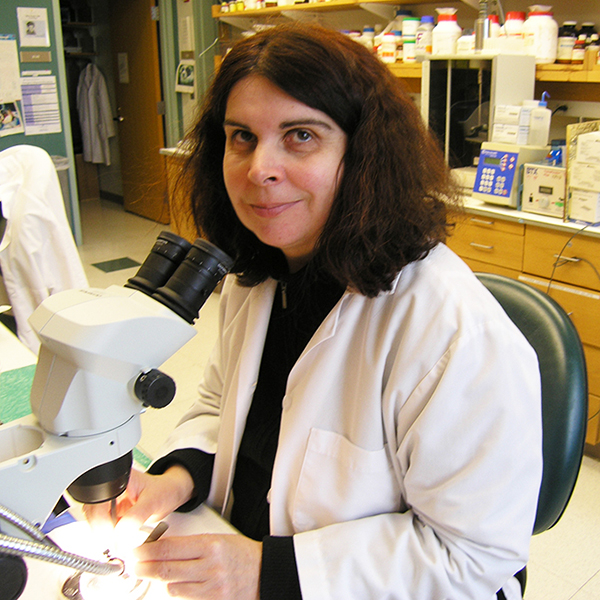
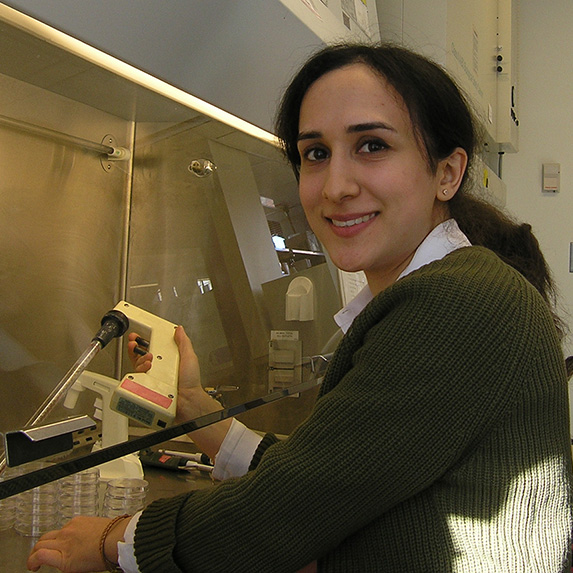
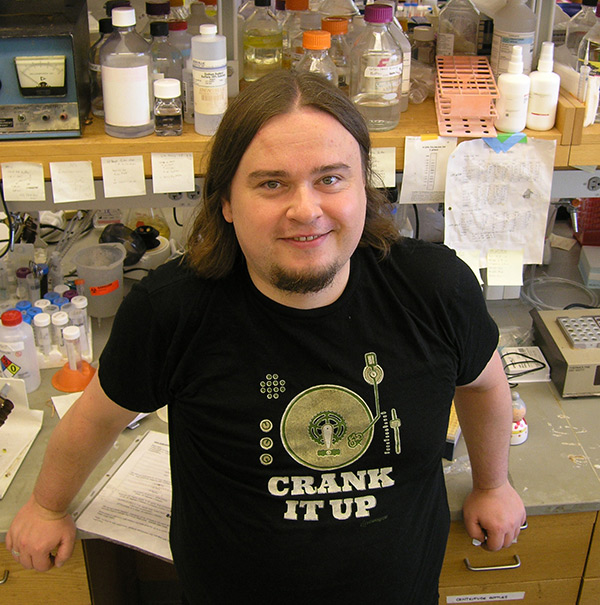

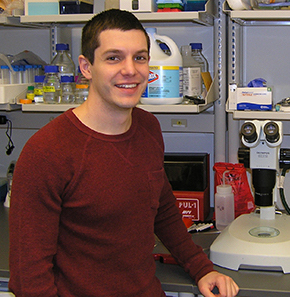




Shachee Doshi
Preetika Gupta
Matt Lan, Vanderbilt University, Medical Student
Alex Telenson, Northwestern University, PhD Candidate
Rahul Gupta, Harvard University, MD, PhD student
Kelly, Sean-Patrick and Lei were guided by our local microscopy guru (Nate Roy) on the spinning disc confocal....
04 March, 2017No commentSean-Patrick has made a very interesting observation regarding the participation of UFD2 and rad23 in TDP43 pr...
04 March, 2017No commentPreetika and Ogul have undertaken a very extensive search for compensatory molecular changes in the SAP97 mic...
04 March, 2017No commentLoss of protein homeostasis (proteostasis) is a common underlying pathological event in all neurodegenerative diseases. In a screen for proteotoxicity suppressors undertaken in C.elegans, we have identified rad23 as a gene of interest. We find that loss of rad23, both in worms and in mammalian neurons is neuroprotective and this is associated with accelerated degradation of misfolded proteins. We are interested in understanding the mechanism by which rad23 acts as an “anti-chaperone”.
*Jablonski, A.M., Lamitina, T., Liachko, N.F., Sabatella, M., Liu, J., Zhang, L., Ostrow, L.W., Gupta, P., Wu, C.-Y., Doshi, S., Mojsilovic-Petrovic, J., Lans, H., Wang, J., Brian C Kraemer, B.C., and Kalb, R.G.. Loss of RAD-23 Protects Against Models of Motor Neuron Disease by Enhancing Mutant Protein Clearance. J Neurosci 34:14,286-14,306 (2015).
*Periz, G., Jiayin Lu, J.,Zhang, T., Mark W. Kankel, M.W., Jablonski, A.M. Kalb, R. G., McCampbell, A., Wang. J. Regulation of protein quality control by UBE4B and LSD1 through p53-mediated transcription PloS Biol DOI: 10.1371/journal.pbio.1002114 (2015)
*Lu, J. Periz, G., Lu, Y.-N., Tang, Q., Liu, Y., Zhang, T., Shah, Y., Thombre, R., Aljumaah, R., Li, W., Mojsilovic-Petrovic, J., Ji, Y., Johnson, K., Kalb, R. and Wang, J. L3MBTL1 Regulates Misfolded Protein Clearance and Toxicity in ALS-associated Models, Nature, Neuroscience (in press)
ACTIVITY-DEPENDENT DEVELOPMENT
SAP97 – The AMPA receptor subunit GluA1 forms a physical complex with the SAP97 protein in the post-synaptic density. There, GluA1/SAP97 translates activity of glutamatergic synapses into dendritic growth and specification of connectivity within a network. We are currently studying the role of this complex in the forebrain using a conditional knockdown mouse. The approaches we are taking include mouse behavior, anatomy and molecular.
CRIPT – One SAP97 binding partner of interest that we have identified is the cysteine rich interactor of PDZ3 (CRIPT). We are studying the mechanism by which CRIPT participates in GluA1/SAP97 dependent developmental events. CRIPT is a fascinating protein and loss of function mutations lead to a devastating developmental neurological disorder.
*Boccitto, M., Doshi, S., Maronski, M., Zhai, J., Zhang, L. and Kalb, R. Opposing Actions of SAP97 and DISC1 on Wnt/b-catenin Signaling. Neuroscience 326: 22-30 (2016).
*Gupta P, Uner OE, Nayak S, Grant GR, Kalb RG. SAP97 regulates behavior and expression of schizophrenia risk enriched gene sets in mouse hippocampus. PLoS One. 2018 Jul 11;13(7):e0200477
*Zhang L, Jablonski AM, Mojsilovic-Petrovic J, Ding H, Seeholzer S, Newton IP, Nathke I, Neve R, Zhai J, Shang Y, Zhang M, Kalb RG. SAP97 Binding Partner CRIPT Promotes Dendrite Growth In Vitro and In Vivo. eNeuro. 2017 Dec 6;4(6). pii: ENEURO.0175-17.2017. doi: 10.1523/ENEURO.0175-17.2017
Spinomuscular Atrophy (SMA) is a major motor neuron disease of infants and children. It is caused by loss of function mutations in the Survival of Motor Neuron (SMN) protein. In a C.elegans model we have identified suppressors of the loss of SMN phenotype and the resulting animals have a normal life span. We are interrogating the molecular pathways underlying this astounding phenotype.
Wu, C.Y., Gagnon, D.A. Sardin, J.S., Barot, U., Telenson, A., Arratia, P.E. and Kalb, R.G. Enhancing GABAergic transmission improves locomotion in a C. elegans model of Spinal Muscular Atrophy. ENEURO.0289-18.2018; DOI: https://doi.org/10.1523/ENEURO.0289-18.2018
Hypoxic insult at the time of birth (asphyxia) is a major cause of morbidity and mortality worldwide. Using C.elegans, we have defined a new pathway that confers resistance to hypoxic insult during development.
*Flibotte, J.J., Jablonski, A.M. and Kalb, R.G. Oxygen sensing neurons and neuropeptides regulate survival after anoxia in developing C. elegans. PloS One 9;e101102 (2014)
*Doshi S, Price E, Landis J, Barot U, Sabatella M, Lans H, Kalb RG. Neuropeptide signaling regulates the susceptibility of developing C. elegans to anoxia. Free Radic Biol Med. 2018 Dec 6;131:197-208. doi: 10.1016/j.freeradbiomed.2018.12.006
ARF GTP’ases are molecular switches that are involved in a variety of cell biological processes such as membrane traffic, lipid droplet formation and actin remodeling. We have found that inhibiting ARF action is neuroprotective in a variety of model systems. We are exploring the specific cell biological process that ARF inhibition impacts to promote the clearance of misfolded proteins
Zhai, J.,Zhang, L., Mojsilovic-Petrovic, J., Jian, X., Thomas, J.,Homma, K., Schmitz, A., Famulok, M., Ichijo, H., Argon, Y., Randazzo, P.A. and Kalb, R. G. Inhibition of cytohesins protects against genetic models of motor neuron disease. J. Neuroscience 35:9088-9105 (2015)
Hexanucleotide repepat expansion (HRE) in an intron of the C9ORF72 gene is a major cause of ALS. One mechanism of toxicity originated in non-ATG, repeat associated translation of the HRE leading to the generation of toxic diamino acid peptide. We are modeling this in vitro and have identified a new cellular mechanism of toxicity that may be amenable to therapeutic intervention
*Gupta, R, Lan,M., Mojsilovic-Petrovic,J. Choi,W. C., Safren,N., Barmada,S., Lee,M. J. and Kalb, R. The Proline/Arginine Dipeptide from Hexanucleotide Repeat Expanded C9ORF72 Inhibits the Proteasome. eNeuro 4(1) e0249-16.2017 1–18 (2017)
*Lu, J. Periz, G., Lu, Y.-N., Tang, Q., Liu, Y., Zhang, T., Shah, Y., Thombre, R., Aljumaah, R., Li, W., Mojsilovic-Petrovic, J., Ji, Y., Johnson, K., Kalb, R. and Wang, J. L3MBTL1 Regulates Misfolded Protein Clearance and Toxicity in ALS-associated Models, Nature, Neuroscience (in press)
Mitochondrial dysfunction is a universal feature of neurodegenerative disease and the impairment in ATP production and enhanced elaboration of reactive oxygen species leads to the activation of AMP-dependent protein kinase (AMPK). Active AMPK turns off energy consuming processes and activated energy producing processes. While a priori this rewiring of intermediary metabolism should be a benefit, it in fact is injurious to neurons. We are exploring why rewiring of metabolism damages neurons and the extent to which abrogating specific AMPK actions can be leveraged into a therapy
*Lim, M., Selak, M., Xiang, Z., Krainc, D., Neve, R., Kraemer, B., Watts, J. and Kalb, R. Reduced activity of AMP-activated protein kinase protects against genetic models of motor neuron disease J. Neuroscience32(3):1123-1141, 2012
*Boccitto, M, Lamitina, T and Kalb, R. Daf-2 signaling modifies mutant SOD1 toxicity in C. elegans. PloS One 7(3) e33494 (2012)
*Lim,M.A, Bence,K.K., Sandesara, I., Andreux, P. Auwerx, J., Ishibashi, J., Seale, P. and Robert G. Kalb, R. G. Genetically altering organismal metabolism by leptin-deficiency benefits a mouse model of amyotrophic lateral sclerosis Hum. Mol. Genet. doi:10.1093/hmg/ddu214 (2014)
*Doshi S, Gupta P, Kalb RG. Genetic induction of hypometabolism by ablation of MC4R does not suppress ALS-like phenotypes in the G93A mutant SOD1 mouse model. Sci Rep. 2017 Oct 13;7(1):13150. doi: 10.1038/s41598-017-13304-4.
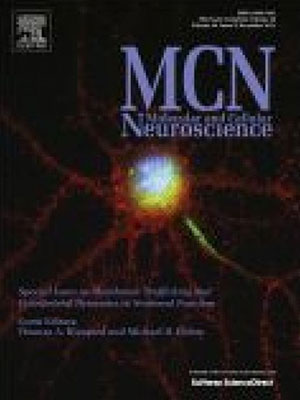
Molecular and Cellular Neuroscience
Structure–function analysis of SAP97, a modular scaffolding protein that drives dendrite growth
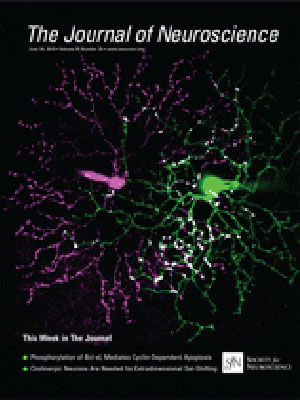
The Journal of Neuroscience
Inhibition of Cytohesins Protects against Genetic Models of
Motor Neuron Disease
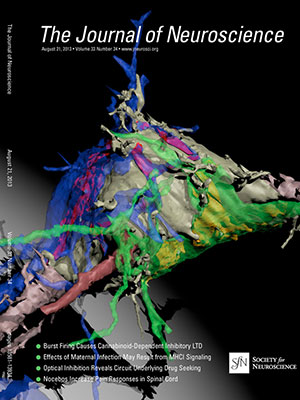
The Journal of Neuroscience
Loss of RAD-23 Protects Against Models of Motor Neuron
Disease by Enhancing Mutant Protein Clearance
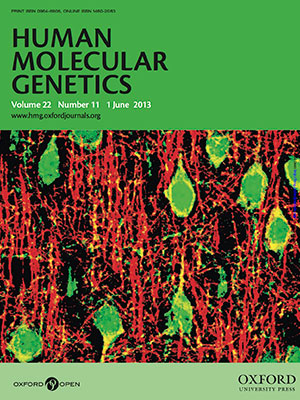
Human Molecular Genetics
Genetically altering organismal metabolism
by leptin-deficiency benefits a mouse model
of amyotrophic lateral sclerosis
Active
Phone
(312) 908 – 8266
